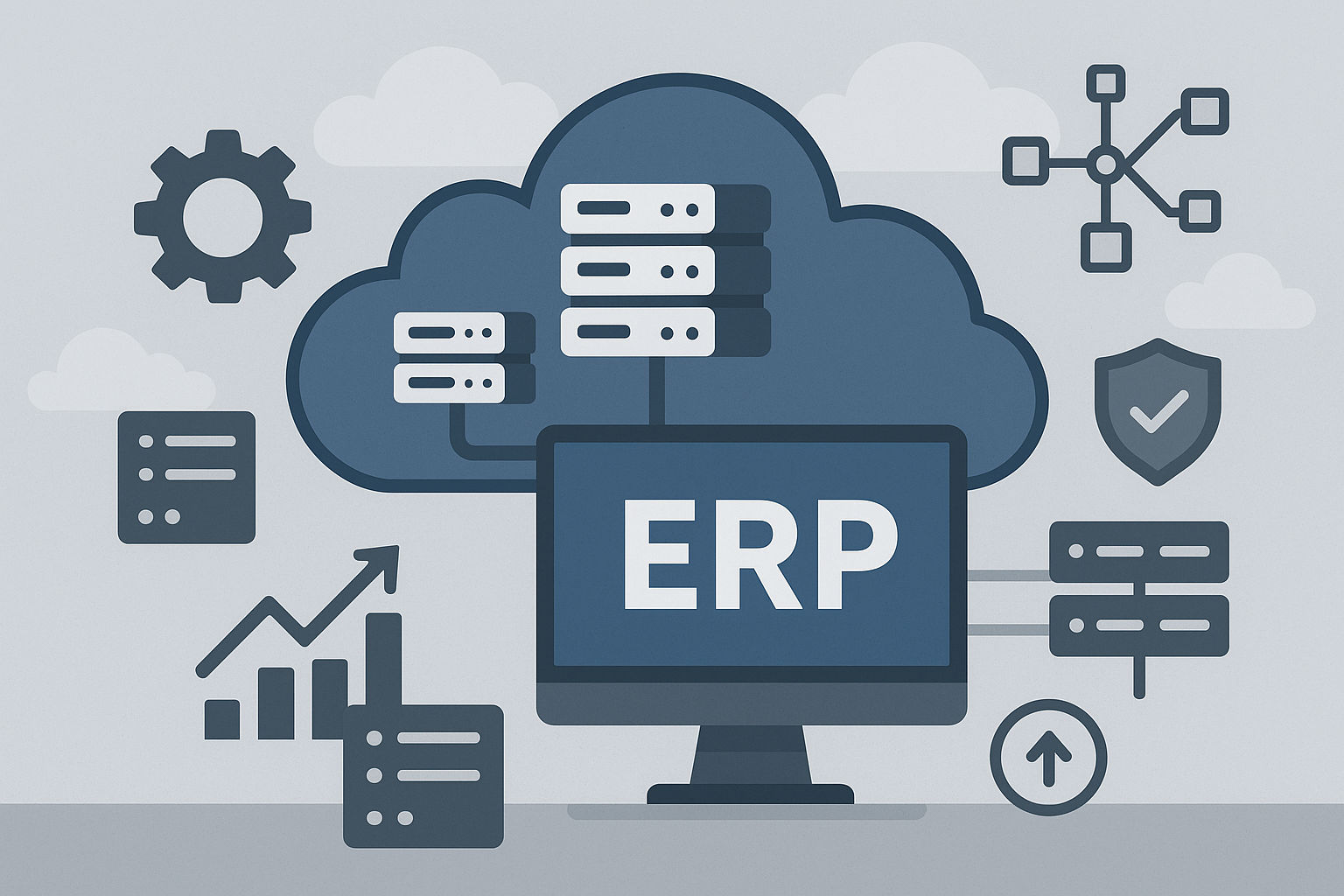Stabilize ERP performance and integrations with controlled cloud infrastructure.
Section 1 What MCP Servers Are:
MCP servers are managed, provisioned environments designed for predictable application performance and governance. They provide controlled OS and runtime stacks, network and storage isolation, resource guarantees (CPU, memory, I/O), and centralized policy enforcement. Unlike generic public VMs, MCP often includes platform-level services: managed backups, templated images, identity and access controls, and automated patching schedules under a customer-approved window.
Core capabilities to expect:
- Performance isolation and resource guarantees so noisy neighbors don’t impact critical jobs.
- Governance controls for permissions, logging, and change management.
- Scalable architecture—vertical resizing and horizontal pools with autoscaling or scheduled scale patterns.
- Operational services—backups, monitoring integration, and standardized maintenance windows.
Section 2 Why They Matter for ERP Platforms:
ERPs are stateful, latency-sensitive, and integration-heavy. MCP addresses practical failure modes that most finance and IT teams care about:
- Uptime and redundancy: Built-in failover patterns and redundant storage reduce downtime for batch jobs and API endpoints, lowering the frequency of failed transactional syncs.
- Consistent performance under load: Resource guarantees and predictable network paths keep report generation, scheduled imports, and real-time integrations within SLA bounds.
- Compliance and visibility: Centralized logs, audit trails, and configurable retention align with SOX, GDPR, or internal governance requirements.
- Controlled maintenance: Scheduled patch windows and change approvals let finance teams avoid maintenance during month-end closes or reconciliations.
Result: fewer reconciliation gaps, more predictable month-end closes, and lower operational overhead for both Finance and IT. For example, moving integration middleware into MCP often reduces failed API calls during peak loads by removing public internet variability and providing burst capacity.
Section 3 Why NetSuite Benefits Specifically:
NetSuite’s multi-tenant architecture and SuiteCloud model produce particular operational constraints that MCP can mitigate:
- Multi-tenant limits and throughput: NetSuite utilises rate limits and shared CPU for scripting. Running parallel integration workers from a controlled MCP reduces contention, sequences retries intelligently, and prevents burst traffic from causing elevated script governance errors.
- Scripting limits and execution windows: MCP-hosted middleware can throttle requests, queue jobs, and run scheduled batches aligned to windows when NetSuite load is lower—reducing script governance hits and timeouts.
- SuiteCloud Plus and data movement: For customers using SuiteCloud Connectors or SuiteCloud Plus, MCP offers reliable, low-latency connectors and stable IP egress so integrations are less likely to be flagged or rate-limited by NetSuite.
- Scaling integrations as you grow: As transaction volume grows, MCP lets you scale worker pools and use connection pooling to preserve API quotas and throughput limits. That prevents sudden degradation of integration performance when business ramps up.
Concrete example: a growing distributor shifted its order-processing and tax calculation flows into an MCP-hosted integration layer. By batching non-urgent calls and using a controlled retry strategy, the team eliminated intermittent SuiteScript timeouts and reduced reconciliation exceptions by 60% during peak days.
Section 4 Strategic Takeaway:
Reliability buys trust; scalability buys readiness. MCP servers translate infrastructure choices into business outcomes: predictable month-end closes, fewer manual reconciliations, and fewer emergency fixes that distract strategic work. Operational clarity follows from governance: standardized maintenance windows, integrated monitoring (alerts mapped to business processes), and documented failover plans that finance and IT can trust.
Implementation checklist for leadership:
- Define capacity and performance SLAs for nightly jobs and peak processing windows.
- Design monitoring with business-context alerts (e.g., failed sales order syncs) not just system metrics.
- Agree maintenance windows and rollback procedures tied to financial calendars.
- Plan for cost predictability: use reserved or committed capacity for steady loads and autoscale for known peaks.
- Document governance: access control, change approvals, and audit logging requirements for compliance.
Operational clarity and predictability are core CFCX Work themes—MCP servers give them form. Treat the platform as a business asset: instrument it, govern it, and align it to financial rhythms. The payoff is fewer surprises and more time focused on value rather than firefighting.
